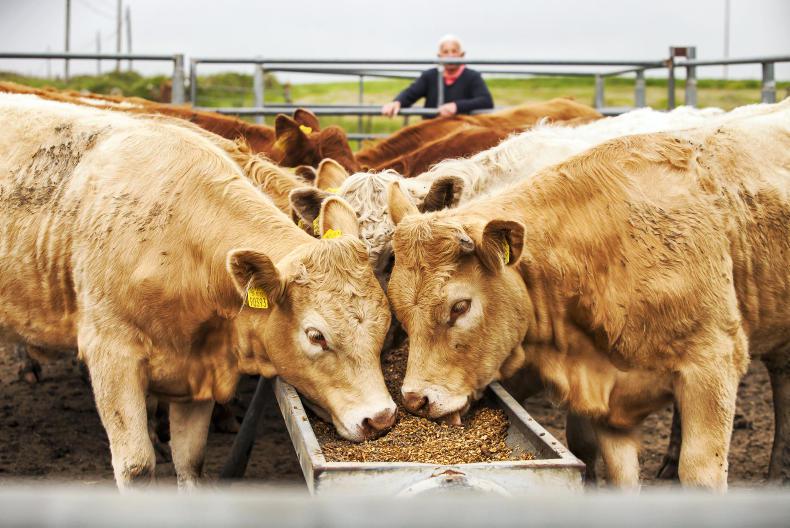As herd size has increased so too has our reliance on feed imports, with the most popular imports being soya and maize.
The prolonged spring period this year meant our feed imports increased by almost a quarter in volume.
The drought period has meant that many farmers have also increased feed levels during the summer months.
This has had a knock-on effect on our feed imports and roughly 28% more feed imported for the first half of the year, compared to the same period last year.
Department of Agriculture figures show that we imported almost 692,000t of soya bean, including by-products and up to 415,000t of maize already this year.
Soya and maize were are two highest imports, followed by wheat, beet pulp, distilled grains and barley.
Top five imports for Q1 and Q2 this year:
1. Soya bean and by-products - 692,000t.
2. Maize - 415,000t.
3. Wheat and by-products - 199,051t.
4. Sugar beet pulp - 145,833t.
5. Distillers dried grains - 143,164t.
According to Department figures, the national tillage yield is likely to be back to 8,500ha back this year, which will mean continued higher imports for the rest of the year.
Fodder
With an expected fodder deficit of up to 30% according to Teagasc, farmers will likely have to use more feed.
Co-ops have already reported working at winter capacity and feed merchants have warned that credit is becoming an issue.
The next month will be crucial in terms of how much fodder farmers can make before winter closes in.
Read more
Fodder shortfall the equivalent of 2.4m tonnes of concentrate
Commission offers to relax red-tape as drought continues
As herd size has increased so too has our reliance on feed imports, with the most popular imports being soya and maize.
The prolonged spring period this year meant our feed imports increased by almost a quarter in volume.
The drought period has meant that many farmers have also increased feed levels during the summer months.
This has had a knock-on effect on our feed imports and roughly 28% more feed imported for the first half of the year, compared to the same period last year.
Department of Agriculture figures show that we imported almost 692,000t of soya bean, including by-products and up to 415,000t of maize already this year.
Soya and maize were are two highest imports, followed by wheat, beet pulp, distilled grains and barley.
Top five imports for Q1 and Q2 this year:
1. Soya bean and by-products - 692,000t.
2. Maize - 415,000t.
3. Wheat and by-products - 199,051t.
4. Sugar beet pulp - 145,833t.
5. Distillers dried grains - 143,164t.
According to Department figures, the national tillage yield is likely to be back to 8,500ha back this year, which will mean continued higher imports for the rest of the year.
Fodder
With an expected fodder deficit of up to 30% according to Teagasc, farmers will likely have to use more feed.
Co-ops have already reported working at winter capacity and feed merchants have warned that credit is becoming an issue.
The next month will be crucial in terms of how much fodder farmers can make before winter closes in.
Read more
Fodder shortfall the equivalent of 2.4m tonnes of concentrate
Commission offers to relax red-tape as drought continues






 This is a subscriber-only article
This is a subscriber-only article









SHARING OPTIONS: